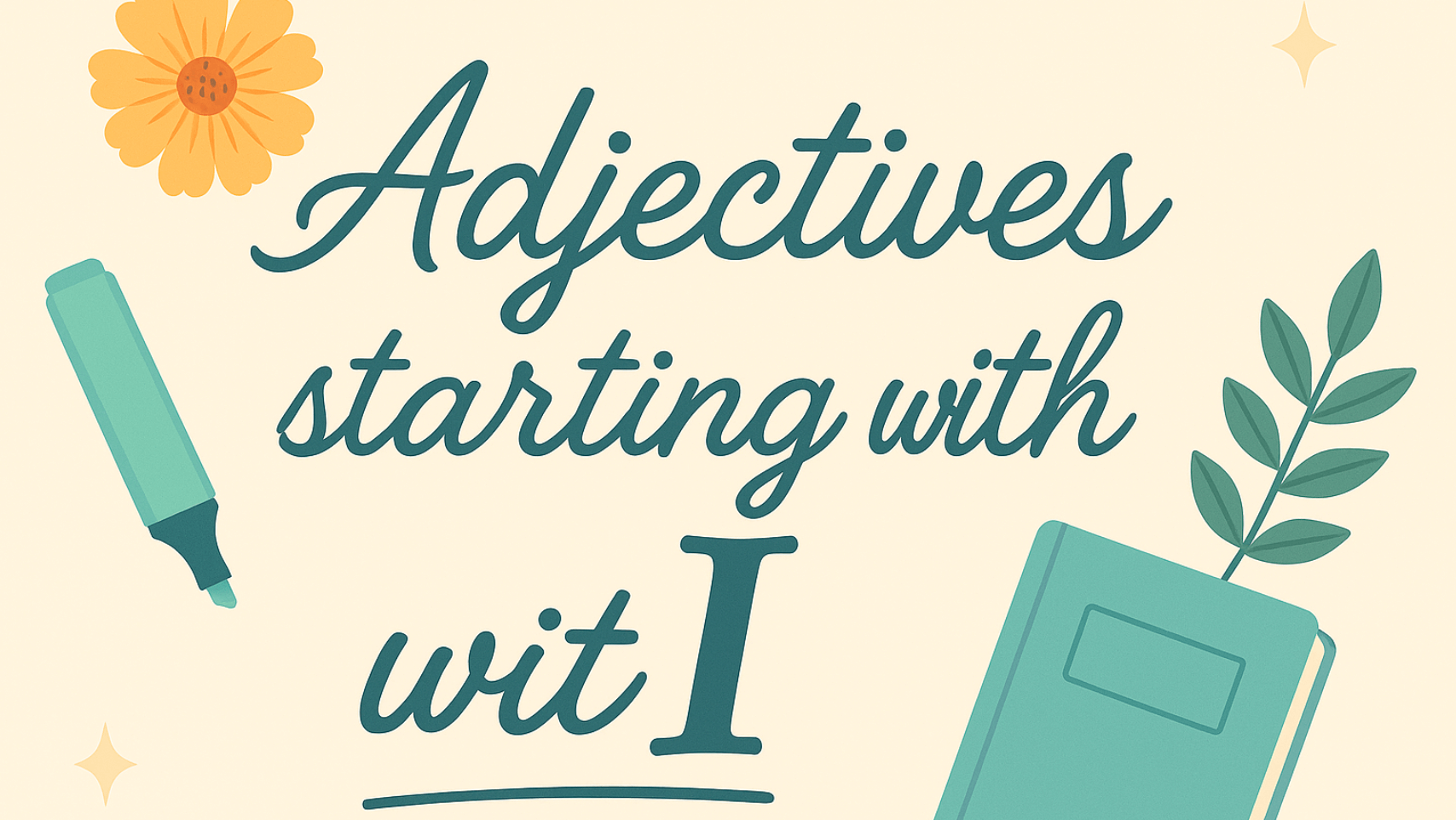Not every character gets to wear the narrative crown—and honestly, that’s a good thing. Imagine if every story were packed with nothing but main characters, all jostling for the spotlight like drama-hungry reality TV contestants. Total chaos. Sometimes, a story just needs a solid sidekick, a wise aunt, or yes, even a barista who remembers your protagonist’s complicated coffee order without judging them (too much). Now that’s narrative stability.
These unsung heroes are known as secondary characters—the supporting cast that surrounds your lead and makes their world feel real, textured, and alive. But secondary doesn’t mean second-rate. In fact, these characters often bring unexpected depth, color, and momentum to a story. Whether they’re grounding the plot, pushing emotional buttons, or simply providing comic relief, their roles are essential.
In this article, we’ll answer questions such as, What are secondary characters? Who are the secondary characters that bring stories to life? And the big question: what is the primary function of secondary characters? Spoiler alert: they matter a lot more than you think.
What Are Secondary Characters, Really?
So, what are secondary characters—really? Think of them as the flavorful side dishes to your main course. They may not be the protagonists (the stars of the show) or the antagonists (the ones gleefully ruining everything), but they bring the depth, spice, and contrast that turn a story from bland to brilliant. Without them, your protagonist would be talking to themselves, and your plot would be flatter than a poorly proofed pancake.
Secondary characters are the confidants, rivals, mentors, and wild cards who shape the protagonist’s journey. They’re not there just to fill space—they reflect, challenge, and complete the world around your main character. Hermione Granger isn’t just “the smart one”—she balances Harry’s impulsiveness and helps drive the plot with logic and loyalty. Samwise Gamgee doesn’t just tag along with Frodo—he is the emotional core of the entire journey. And Luna Lovegood? She’s the quirky wisdom the story didn’t know it needed until she floated in wearing radish earrings.
These supporting roles come in many flavors:
- Confidants (Dr. Watson to Sherlock Holmes)
- Foils (Donkey to Shrek)
- Mentors (Mr. Miyagi, Dumbledore)
- Comic relief (Olaf from Frozen)
- Rivals or secondary antagonists (Malfoy in Harry Potter)
If you’re asking, “who are the secondary characters?”—they’re the ones who may not carry the narrative on their backs, but they absolutely help push it up the mountain. They are the story sidekicks, the character ensemble, the narrative glue that holds the whole arc together. Without them, your plot is just one person monologuing into the void.
The Primary Function of Secondary Characters
So, what is the primary function of secondary characters? It’s not just to stand around and look busy while the protagonist gets all the glory. Nope—secondary characters are like the narrative’s Swiss Army knives: versatile, essential, and often underestimated.
At their core, the primary function of secondary characters is to support the protagonist’s arc, often by reflecting, challenging, or sharpening aspects of the main character’s journey. Think of Dr. Watson: he’s not just along for the ride—he makes Sherlock Holmes more Sherlock by grounding him, translating his genius for the audience, and occasionally reminding him to act like a human.
But that’s just the beginning. Secondary characters:
- Drive subplots (hello, Ron and Hermione’s love story)
- Reveal world-building (like Effie Trinket in The Hunger Games)
- Showcase themes (Sam in The Lord of the Rings embodies loyalty and hope)
- Act as foils or contrasts (Draco Malfoy highlights Harry’s moral compass)
And let’s be honest—these characters deserve some upgraded résumés. Meet the Emotional Support Wizard (thanks, Gandalf), the Plot-Cracking Best Friend (Nancy Wheeler, Stranger Things), or the Villain’s Hype Man (Lucius Malfoy, always one dramatic hair flip behind Voldemort).
So, what is the primary function of secondary characters? It’s to make stories feel whole. They enrich the world, elevate the stakes, and keep things interesting when the hero is brooding or the villain is monologuing. In short, secondary characters are not just functional—they’re foundational.
Your Publishing Journey Awaits – Start NowThe Glue of Great Storytelling
Let’s be honest: sometimes the lead is fine… but it’s the secondary characters we really show up for. They’re the reason you laughed out loud, shed a tear, or yelled at the book at 2 a.m. while whispering, “Justice for Luna Lovegood!” If you’ve ever found yourself rooting harder for the quirky best friend than the brooding hero, you already know why secondary characters matter.
These characters bring depth, dimension, and a diversity of voice that the protagonist simply can’t carry alone. They’re the comic relief that lightens the tension, the cynic who grounds the idealist, the surprise twist hiding in plain sight. And sometimes, they pull such gravitational force that they outshine the leads entirely—hello, Tyrion Lannister, who walked into Game of Thrones with a wine goblet and walked out with half the fanbase.
The magic of secondary characters lies in their ability to reflect the world and challenge the main narrative from unexpected angles. They often steal scenes with a single line or gesture, while the protagonist is off somewhere, heroically angsting.
For writers, this is your secret weapon. Don’t relegate them to the shadows—what are secondary characters if not untapped wells of heart, humor, and storytelling gold? Some of the most unforgettable plot turns live in the margins, just waiting for a side character to take center stage.
How to Write Compelling Secondary Characters
Writing secondary characters isn’t about filling space—it’s about adding spark. These aren’t cardboard cutouts; there to nod politely while your protagonist delivers monologues. They’re full-fledged people with dreams, quirks, and (let’s be honest) a good chance of becoming everyone’s favorite.
Tip #1: Give Them Goals
A secondary character shouldn’t orbit the protagonist like a lost moon. Give them a purpose. What do they want? What’s standing in their way? Whether it’s winning a class president election (*Looking at you, Pedro from Napoleon Dynamite), getting home for dinner, or keeping the world from ending, their goals make them pop.
Tip #2: Develop Arcs and Motives
Even supporting characters should change, grow, or at least reveal layers. A comic relief character might hide deep grief. A sidekick might secretly want the spotlight. This complexity keeps readers invested and adds tension.
Tip #3: Make Their Voice Distinct
From Yoda’s backwards wisdom to Moira Rose’s lexicon of luxury (Schitt’s Creek), a strong voice makes a character memorable. Distinct speech patterns, catchphrases, or unique perspectives can bring them vividly to life.
Creative Exercise: Take a key scene from your story and rewrite it from a secondary character’s point of view. It’s a great way to uncover hidden motivations and enrich your narrative.
Great story sidekicks like Neville Longbottom or Sokka (Avatar: The Last Airbender) start small and end up unforgettable. And remember: part of the primary function of secondary characters is to reflect, contrast, and challenge the protagonist without stealing their thunder. Just a little scene-stealing is perfectly acceptable. In fact, it’s kind of the point.
Don’t Leave Them in the Shadows
In the end, secondary characters may not carry the story on their shoulders, but they sure make it worth reading. They’re vibrant, surprising, and sometimes more beloved than the main act. Whether they’re guiding the hero, cracking jokes, or complicating the plot, their presence is what turns a good story into a great one.
So, the next time you ask yourself, “What are secondary characters for, really?”—remember: they’re the heart, the humor, and the hidden gems of your narrative. Invest in them. Give them depth, voice, and purpose.Because sometimes, that quirky barista, grumpy mentor, or unexpected ally might just walk off with the scene—and your readers’ hearts. Now go forth and revisit your secondary characters with new eyes. They’ve got stories to tell.
FAQs – Secondary Characters
Q1: What is another name for a secondary character?
Another name for a secondary character is a supporting character. You might also hear them referred to as story sidekicks, ensemble roles, or even narrative foils, depending on their function in the story. These characters aren’t in the spotlight but are crucial to enriching the world and advancing the plot.
Q2: What is the difference between a primary and a secondary character?
The primary character—usually the protagonist—is the central figure driving the story’s main conflict and emotional arc. A secondary character, on the other hand, plays a supportive but still significant role. They help move the plot forward, reveal aspects of the main character, and deepen the narrative, but the story doesn’t revolve around them.
Q3: What is the primary function of secondary characters?
The primary function of secondary characters is to support the protagonist’s journey. This includes advancing subplots, providing contrast or perspective, embodying key themes, and helping to build a richer, more believable story world. They’re the glue that keeps the narrative from feeling flat or one-dimensional.
Q4: Who is a tertiary character?
A tertiary character is a background or incidental figure who appears briefly and has limited impact on the plot. Think baristas, security guards, or one-off townspeople. They populate the world and can add realism, but they typically don’t undergo development or drive the story.
Q5: Are secondary characters considered minor characters?
Yes and no. While all secondary characters are technically “minor” compared to the protagonist, not all minor characters are secondary. Secondary characters have meaningful roles—supporting arcs, influencing the protagonist, or appearing throughout the story. True minor characters have minimal presence and little to no development.
Q6: What does a foil character mean?
A foil character is someone who contrasts sharply with the protagonist (or another character) to highlight specific traits. For example, Draco Malfoy serves as a foil to Harry Potter, emphasizing Harry’s morality and choices. Foils are often secondary characters, and they’re great tools for deepening character dynamics.








